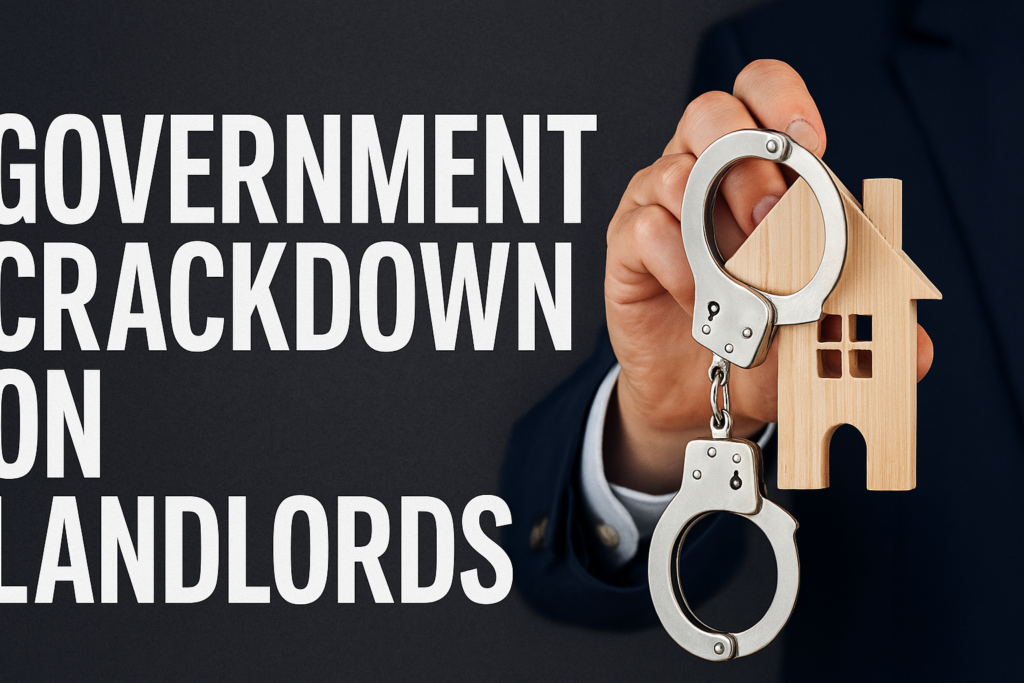Buy-to-Let Market Outlook in 2025: Signs of a Rebound
The UK’s buy-to-let (BTL) mortgage sector shows tangible signs of revival in early 2025, driven by falling interest rates, improved rental yields, and stabilising house prices.
Lenders are beginning to roll out more competitive products, and seasoned and new landlords are reassessing the potential of rental property investments with renewed confidence.
Mortgage approvals for BTL properties have climbed steadily since Q4 2024. According to recent data, approvals rose by 8.7% quarter-on-quarter, marking the first sustained uptick since the onset of aggressive rate hikes in 2022.
The average fixed-rate BTL mortgage now stands at 5.4%, down from the 6.1% peak in mid-2024.
Key Factors Driving Buy-to-Let Market Recovery
Falling Interest Rates: The Catalyst for Renewed Demand
The Bank of England’s decision to pause and gradually reduce base rates—currently at 4.25%—has eased the cost of borrowing. This shift has a twofold impact: it improves landlords’ affordability to service debt and increases the volume of new loan applications.
According to industry analysts, a sustained base rate reduction below 4% by Q3 2025 could trigger a 10–15% surge in BTL mortgage activity.
Rental Demand Surge Across Major Urban Centres
Tenant demand remains robust, especially in cities like Manchester, Bristol, Birmingham, and Leeds, where student populations, young professionals, and overseas workers fuel a competitive rental market.
Average UK rents rose 6.8% year-on-year, with some hotspots witnessing double-digit growth.
Manchester has experienced year-on-year rental growth of 11.2%, with the average monthly rent now at £1,325.
Birmingham has seen a 9.4% increase in rental prices, with an average rent of £1,215 per month.
Bristol reported a 10.1% rise in rental prices, with average monthly rent reaching £1,430.
Leeds recorded an 8.7% increase in rents, with tenants paying an average of £1,185 monthly.
Property Values Stabilising After Volatility
After a volatile 2022–2023 period, house price corrections have bottomed out. The average UK house price rose 0.5% month-on-month in March 2025, indicating early signs of confidence returning to the Market.
For investors, this stabilisation reduces exposure to capital depreciation and supports long-term rental strategies.
Emerging Trends Among UK Landlords
Incorporation Surge for Tax Efficiency
A growing number of landlords are shifting their property portfolios into limited company structures to benefit from tax efficiencies.
Nearly 74% of new BTL purchases in Q1 2025 were made through limited companies, as investors look to mitigate higher income tax burdens and benefit from offsetting mortgage interest as a business expense.
Green Mortgages and EPC Requirements
Energy efficiency remains a pressing factor. With upcoming EPC regulation changes potentially requiring rental properties to reach at least Band C by 2028, lenders are increasingly offering green mortgages with discounted rates for high-efficiency homes.
This trend incentivises landlords to upgrade existing stock or focus acquisition strategies on EPC-compliant properties.
Several key factors are driving the Buy-to-Let (BTL) Market Revival:
Lower Interest Rates, which lead to Increased Mortgage Approvals.
More substantial Rental Yields encourage a Landlord to Return to the Market.
House Price Stabilisation, which boosts investor confidence.
Green Mortgage Incentives, which reward energy-efficient property investments.
Each of these elements contributes to the overall resurgence of the BTL market in 2025.
Lending Conditions and Product Innovation
Mortgage providers are gradually reintroducing 5-year fixed-rate deals under 5%, with loan-to-value (LTV) ratios of up to 75%.
Once rare during the rate spike era, these conditions entice cautious landlords back into the fold. Notable offerings in the Market include:
Accord Mortgages: 4.89% 5-year fixed, 75% LTV, £1,995 product fee
Paragon Bank: Green BTL mortgage at 4.65%, 5-year fixed, 70% LTV
BM Solutions (Lloyds): Portfolio landlord solutions with cashback offers
Increased competition among lenders also drives flexible underwriting, accommodating landlords with complex income profiles or multi-unit holdings.
Regional Opportunities: Where Investors Are Focusing
Northern England and Midlands Lead the Pack
Affordability and high rental yields make cities in the North and Midlands particularly attractive. Liverpool, Sheffield, and Nottingham have average rental yields above 6%, exceeding the national average of 4.4%.
London: High Entry Costs But Resilient Returns
While London’s property prices remain high, strategic investments in outer boroughs such as Croydon, Walthamstow, and Barking yield solid rental returns with increasing tenant demand driven by urban spillover and transport connectivity.
Risks and Considerations in 2025
Interest Rate Volatility: Although current trends are favourable, global economic uncertainty could lead to rate fluctuations.
Regulatory Pressures: Changes in tenancy laws, eviction regulations, and tax reforms remain significant risks to landlord profitability.
Maintenance and Retrofit Costs: Energy efficiency upgrades, especially on older properties, could dent short-term ROI unless carefully managed.
Frequently Asked Questions (FAQ)
1. Is the UK buy-to-let Market worth investing in during 2025?
Yes, the buy-to-let Market is showing strong signs of recovery in 2025. Falling interest rates, rising rental demand, and stabilising house prices create favourable conditions for landlords and investors.
2. What are the current average interest rates for buy-to-let mortgages?
As of early 2025, average fixed-rate buy-to-let mortgage rates have dropped to around 5.4%, with some lenders offering deals below 5%, especially for energy-efficient or limited company applications.
3. Are rental yields increasing across the UK?
Yes, rental yields have risen, particularly in regional cities like Liverpool, Nottingham, Manchester, and Bristol. Strong tenant demand and limited rental supply drive higher rents, with yields often exceeding 6% in some areas.
4. Should I buy a property through a limited company?
Many landlords invest through limited companies to benefit from tax advantages, such as deducting mortgage interest as a business expense. This structure can also help with inheritance planning and long-term asset protection.
5. What is a green mortgage, and how does it benefit landlords?
A green mortgage is a loan that offers better interest rates or cashback incentives for properties with a high Energy Performance Certificate (EPC) rating, typically Band A to C. Landlords can benefit by saving on mortgage costs while meeting upcoming government efficiency regulations.
6. What areas are currently the best for buy-to-let investments?
In 2025, top-performing areas for buy-to-let include:
Manchester
Birmingham
Leeds
Liverpool
Nottingham These cities offer a mix of affordable property prices, strong rental demand, and high yields.
7. Are there any significant risks for landlords this year?
Yes, risks include potential changes to interest rates, new regulations on energy efficiency, evolving tenant protection laws, and unexpected property maintenance costs—especially for older homes.
8. How can I secure a competitive buy-to-let mortgage?
To get the best deal:
Improve your credit score.
Consider buying through a limited company.
Choose properties with high EPC ratings.
Work with a specialist BTL mortgage broker to gain access to exclusive deals.
Conclusion: Buy-to-Let Is Back on the Radar
The UK’s buy-to-let mortgage market is transitioning from recovery to growth. A confluence of falling rates, rising tenant demand, and governmental focus on housing quality is reshaping the landscape.
While challenges remain, well-informed investors can harness current market conditions to build robust, income-generating portfolios in 2025 and beyond.
Investors who act decisively—prioritising energy efficiency, leveraging limited company structures, and targeting growth regions—benefit most from this pivotal UK property investment cycle shift.
Read our other Blogs:
What is an HMO and Is It a Good Investment in London?





